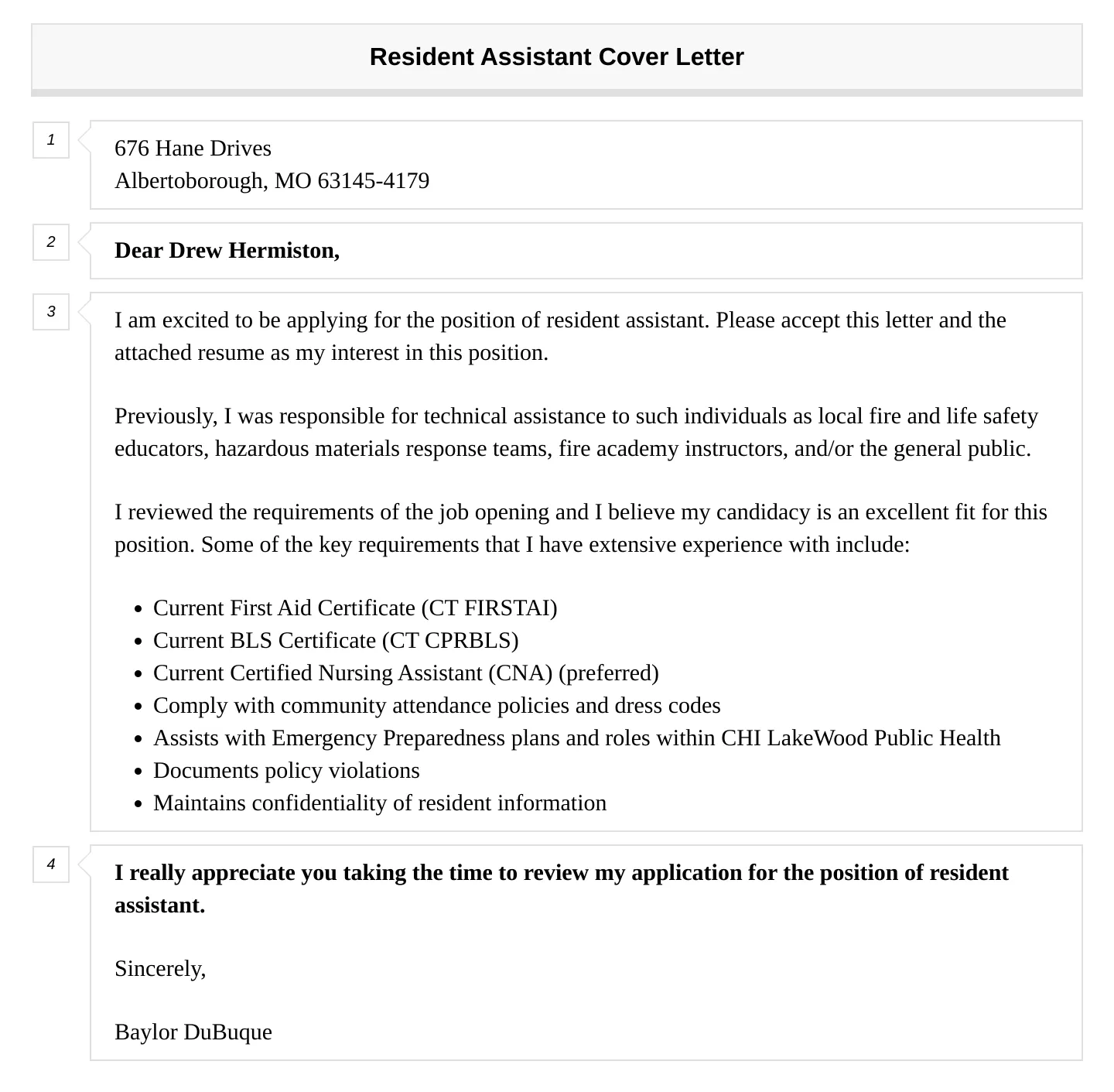Understanding the Resident Assistant Role
A Resident Assistant (RA) is a pivotal figure in a university or college setting, serving as a mentor, resource, and community builder for students living in residence halls. The role demands a blend of responsibility, empathy, and leadership. RAs are the frontline support system, creating a positive and supportive living environment, addressing concerns, and enforcing community standards. The role also involves facilitating social activities and educational programs to promote student well-being and academic success. Understanding the multifaceted nature of the RA position is the first crucial step in crafting a compelling cover letter that highlights your suitability.
Key Responsibilities of a Resident Assistant
Resident Assistants are tasked with a variety of responsibilities, ranging from administrative tasks to interpersonal interactions. They are typically responsible for enforcing residential hall policies, mediating conflicts between residents, and assisting in emergency situations. RAs conduct regular room checks, report maintenance issues, and communicate important information to residents. They also organize and facilitate community-building events, offer academic support resources, and act as a liaison between students and the university administration. Successfully demonstrating an understanding of these responsibilities in your cover letter is essential.
Building a Strong Foundation
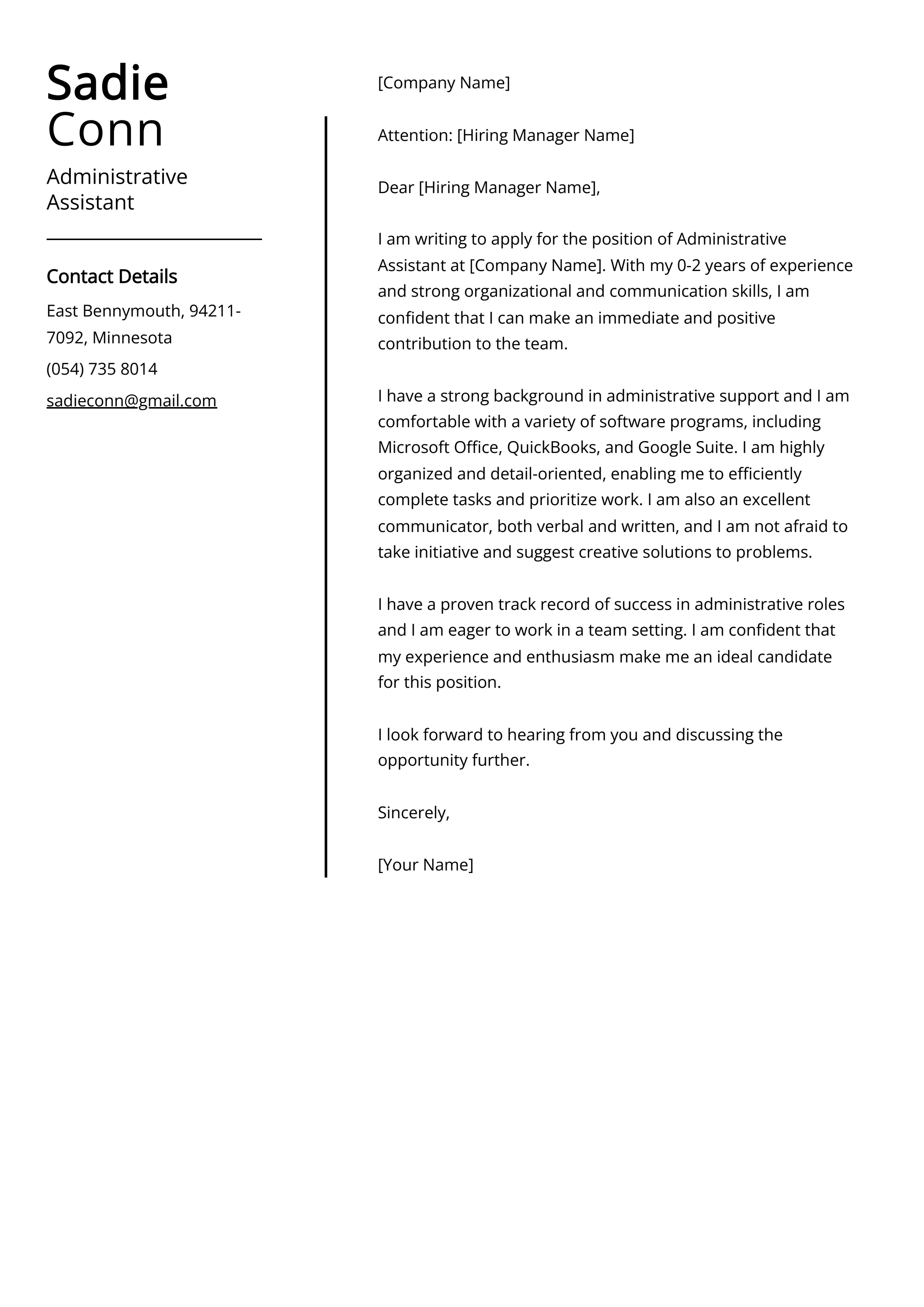
Before you even begin writing your cover letter, take some time to reflect on your experiences and skills. Consider past leadership roles, volunteer work, and any situations where you demonstrated responsibility, empathy, and problem-solving skills. Think about how you’ve contributed to a team, mediated conflicts, or supported others. Document these examples, as they will serve as the building blocks for your cover letter. Understanding your strengths and the qualities that make you a suitable RA candidate is vital to create an impactful cover letter that immediately grabs the attention of the hiring manager.
Crafting Your Resident Assistant Cover Letter
Your cover letter is your first impression. It’s your opportunity to introduce yourself and make a compelling case for why you should be considered for the RA position. The goal is not just to reiterate your resume but to showcase your personality, skills, and enthusiasm in a way that resonates with the hiring manager. The format and content should be tailored to the specific role and institution, so a generic letter will likely fall flat. A well-crafted cover letter should clearly articulate your interest in the position, highlight relevant skills and experiences, and demonstrate your understanding of the RA’s role.
Formatting Your Cover Letter
Professional formatting is key to making a good first impression. Your cover letter should be easy to read and visually appealing. Use a standard font like Times New Roman or Arial, with a font size between 11 and 12 points. Maintain consistent spacing throughout the document. The ideal cover letter length is one page, keeping it concise and focused on the most relevant information. Divide the content into clear sections with headings and use bullet points to list achievements or skills. Proofread carefully to eliminate any grammatical errors or typos, as they can detract from your credibility.
Header and Contact Information
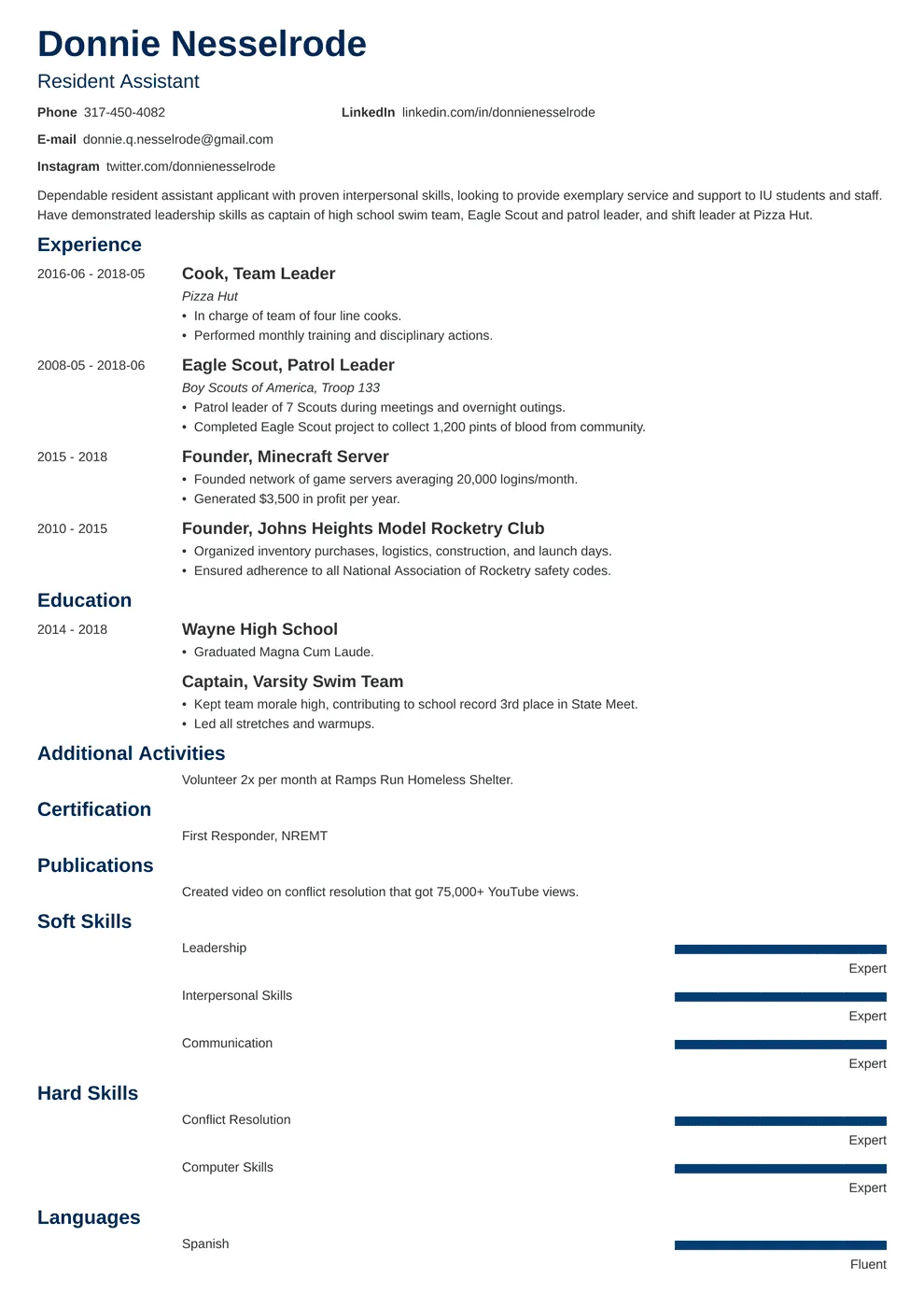
Start your cover letter with a header that includes your name, address, phone number, and email address. This information should be at the top of the page, typically left-aligned. If you know the hiring manager’s name, include their name and title as well. If not, use a professional salutation, such as “Dear Resident Life Committee” or “To Whom It May Concern.” Ensuring that your contact information is accurate and easy to find is crucial to allow the hiring manager to easily contact you.
Salutation
The salutation sets the tone for your cover letter. Always address the hiring manager by name if possible. This shows that you’ve taken the time to research the opportunity and personalize your application. If you can’t find the hiring manager’s name, a generic salutation like “Dear Hiring Committee” is acceptable, but avoid using a very generic phrase. This personalization makes a significant difference, as it demonstrates your genuine interest in the position and the university.
The Opening Paragraph
The opening paragraph is your chance to grab the reader’s attention. Start by stating the position you are applying for and how you learned about it. Then, briefly express your enthusiasm for the role and the university. A good opening paragraph should also hint at why you are a suitable candidate. Highlight one or two key skills or experiences that align with the job description. Keep it concise and engaging. This initial introduction should set the stage for the rest of your letter, encouraging the reader to learn more about your qualifications.
Highlighting Your Qualifications
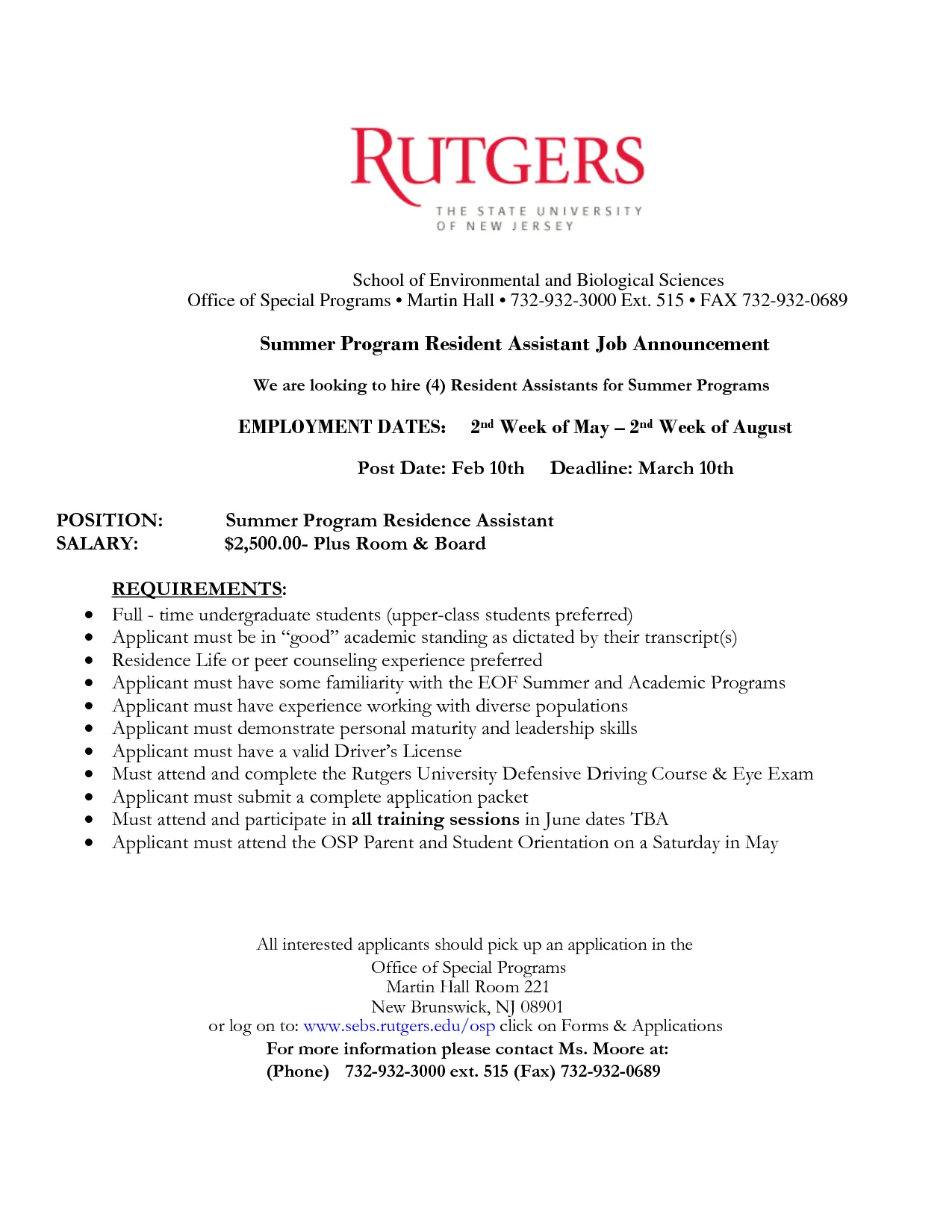
The body of your cover letter is where you showcase your relevant skills and experience. This is where you’ll provide specific examples that demonstrate your abilities and suitability for the RA position. Use clear and concise language to describe your experiences, and quantify your accomplishments whenever possible. Instead of simply listing your responsibilities, explain how you excelled in each role. Use the STAR method (Situation, Task, Action, Result) to structure your responses, providing context and showing the impact of your actions.
Showcasing Relevant Skills and Experience
Focus on the skills and experiences that are most relevant to the RA role. These typically include leadership, communication, conflict resolution, and problem-solving abilities. Provide specific examples of how you’ve demonstrated these skills in the past. For example, if you’ve mediated a conflict between roommates, describe the situation, your actions, and the positive outcome. If you’ve organized a successful event, highlight the planning process, the challenges you overcame, and the positive impact it had. This shows your ability to apply those skills in the role.
Emphasizing Leadership Abilities
Leadership is a core component of the RA role. Showcase your leadership abilities by providing examples of times you’ve taken initiative, motivated others, or led a team. Highlight any formal leadership positions you’ve held, such as club president, team captain, or peer mentor. Describe how you inspire others, delegate tasks, and achieve common goals. Illustrate instances where you have taken on increased responsibilities or have developed innovative solutions. These examples demonstrate to the hiring manager that you are a capable and proactive leader.
Demonstrating Communication and Interpersonal Skills

Effective communication and interpersonal skills are crucial for building a strong community. Provide examples of how you’ve effectively communicated with others, both verbally and in writing. Highlight instances where you’ve had to mediate conflicts, provide support, or explain complex information. Show how you build rapport with others and navigate difficult conversations. Describe instances where you’ve had to empathize with others and build positive relationships. Use action verbs like “listened,” “advised,” “supported,” and “collaborated” to paint a vivid picture of your interpersonal skills.
Addressing the Specific Requirements
Carefully review the job description and address the specific requirements and qualifications. Identify the key skills and experiences the hiring manager is looking for and explicitly demonstrate how you meet those criteria. Use the same language and keywords from the job description to show that you understand the role. Be specific and provide evidence to support your claims. If the job description requires experience in conflict resolution, for example, share a real-life example where you successfully mediated a conflict.
Tailoring Your Letter to the Position
Generic cover letters rarely make a strong impression. Tailor your cover letter to each position you apply for. This involves researching the university or institution, understanding its values and mission, and aligning your application with their specific needs. Personalizing your cover letter shows that you are genuinely interested in the opportunity and that you’ve taken the time to understand the role and the organization.
Researching the University or Institution
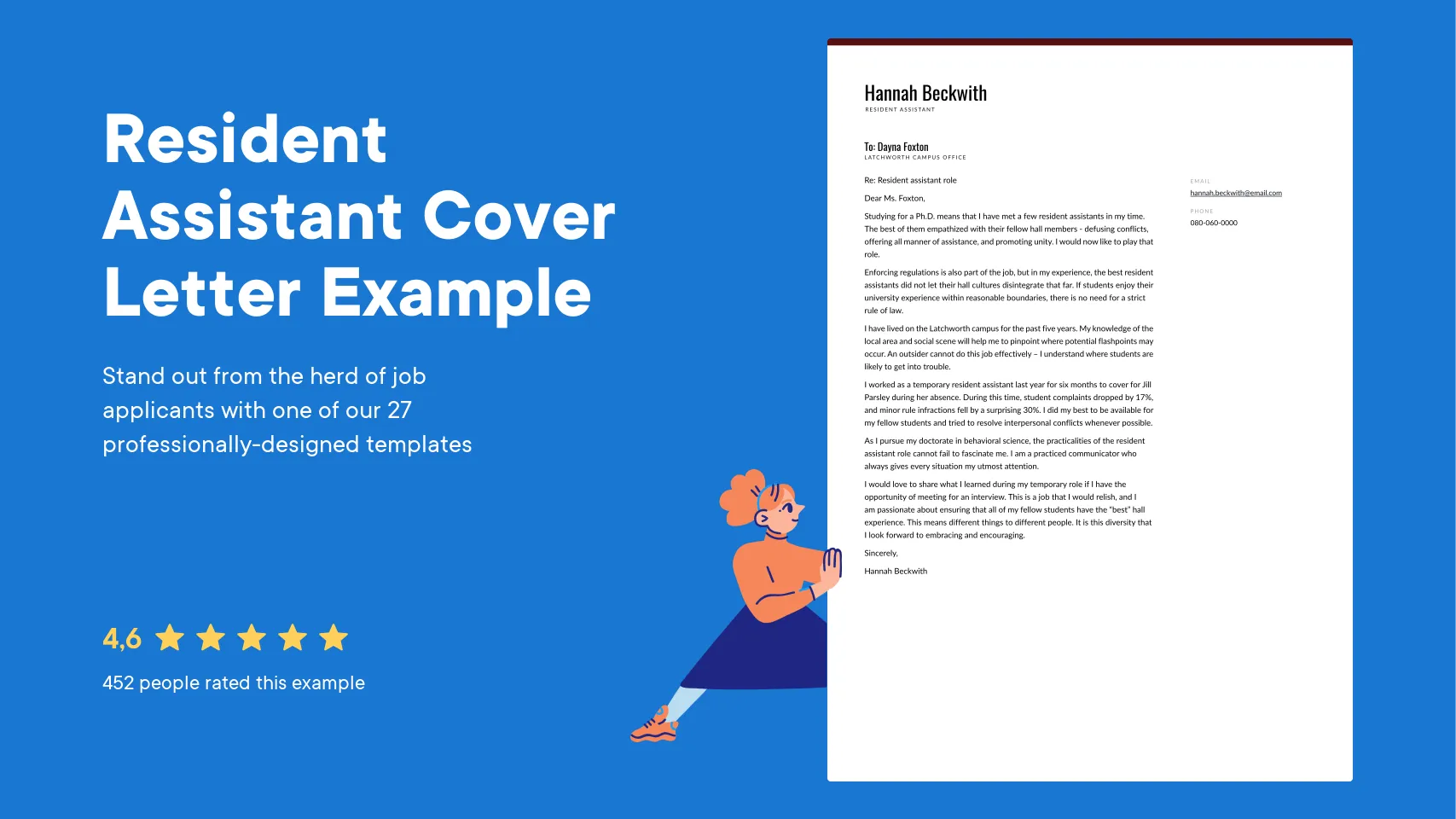
Before you start writing, research the university or institution you are applying to. Visit their website, read about their mission and values, and familiarize yourself with their student life programs. Understand the culture of the residence halls. Tailor your cover letter to demonstrate how your values align with those of the institution and how you can contribute to their community. This research will provide valuable insights that you can weave into your letter to make it more personalized and relevant.
Using Keywords from the Job Description
Carefully read the job description and identify the keywords and phrases the hiring manager uses to describe the ideal candidate. Use these keywords strategically throughout your cover letter to demonstrate that you meet the requirements. However, don’t simply copy and paste keywords; weave them naturally into your descriptions of your skills and experience. This will help your cover letter get noticed by applicant tracking systems and demonstrate that you are a strong fit for the role.
The Closing of Your Cover Letter
Your closing paragraph is your final opportunity to leave a lasting impression. It should express your enthusiasm for the position and reiterate your interest in the opportunity. End on a positive note and thank the hiring manager for their time and consideration. This is also the time to include a clear call to action.
Expressing Your Enthusiasm
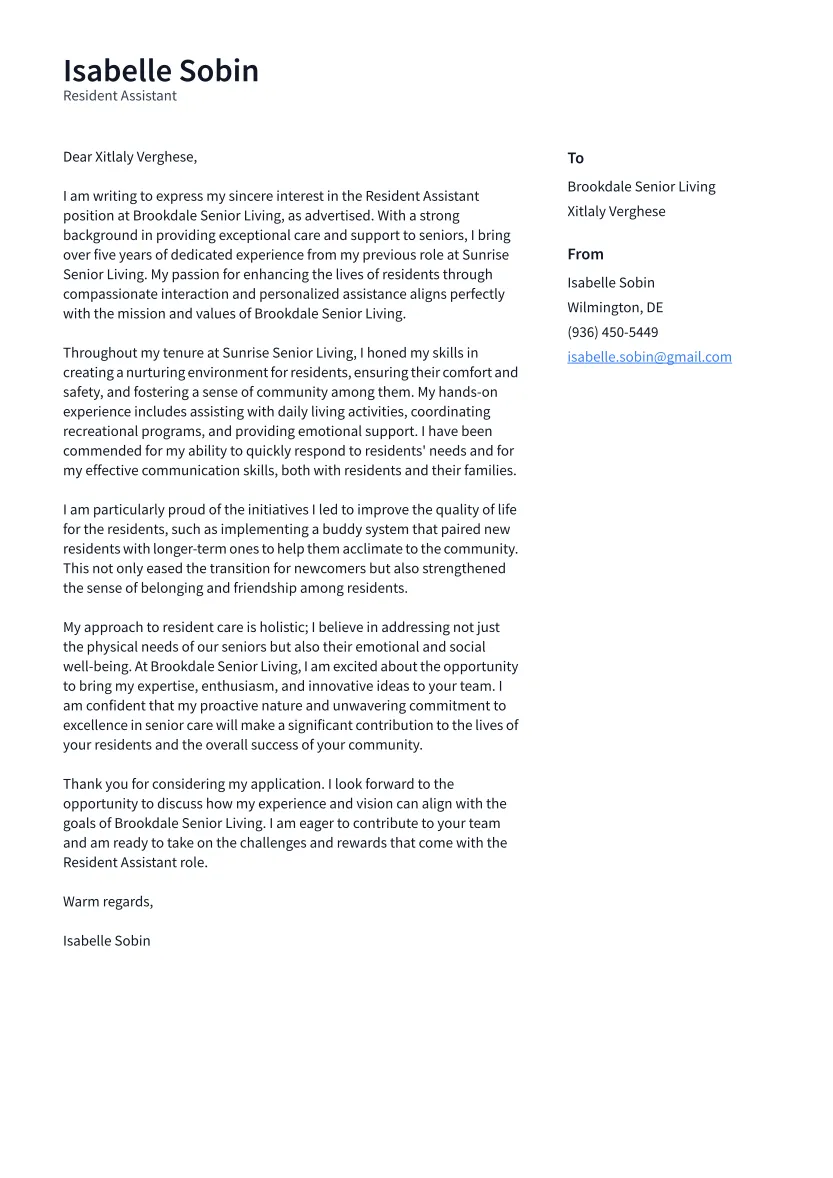
Reiterate your enthusiasm for the RA position and the university. Express your passion for supporting students and creating a positive living environment. Show that you are eager to contribute to the residence hall community and embrace the challenges and rewards of the role. This enthusiasm can make a strong, positive impression on the reader.
Call to Action
End your cover letter with a clear call to action. Indicate that you are available for an interview and provide your contact information again. Make it easy for the hiring manager to reach out to you. You can also express your willingness to provide any additional information or materials. This proactive approach demonstrates your interest and helps to move your application forward.
Proofreading and Editing
Before submitting your cover letter, carefully proofread and edit it for any errors. Check for grammatical mistakes, typos, and inconsistencies in formatting. Ask a friend, family member, or career counselor to review your letter for clarity and effectiveness. A polished and error-free cover letter conveys professionalism and attention to detail, increasing your chances of getting noticed and securing the RA position. Ensure all the information is correct and easy to understand.
